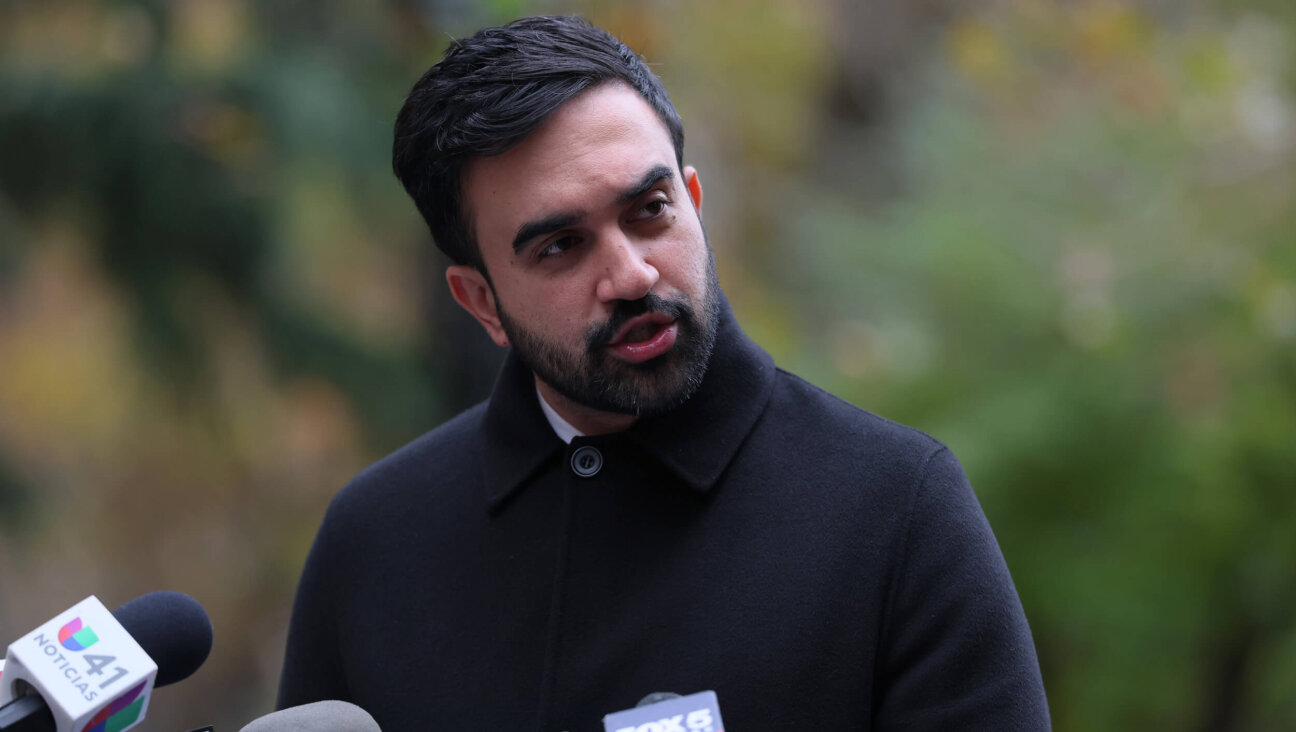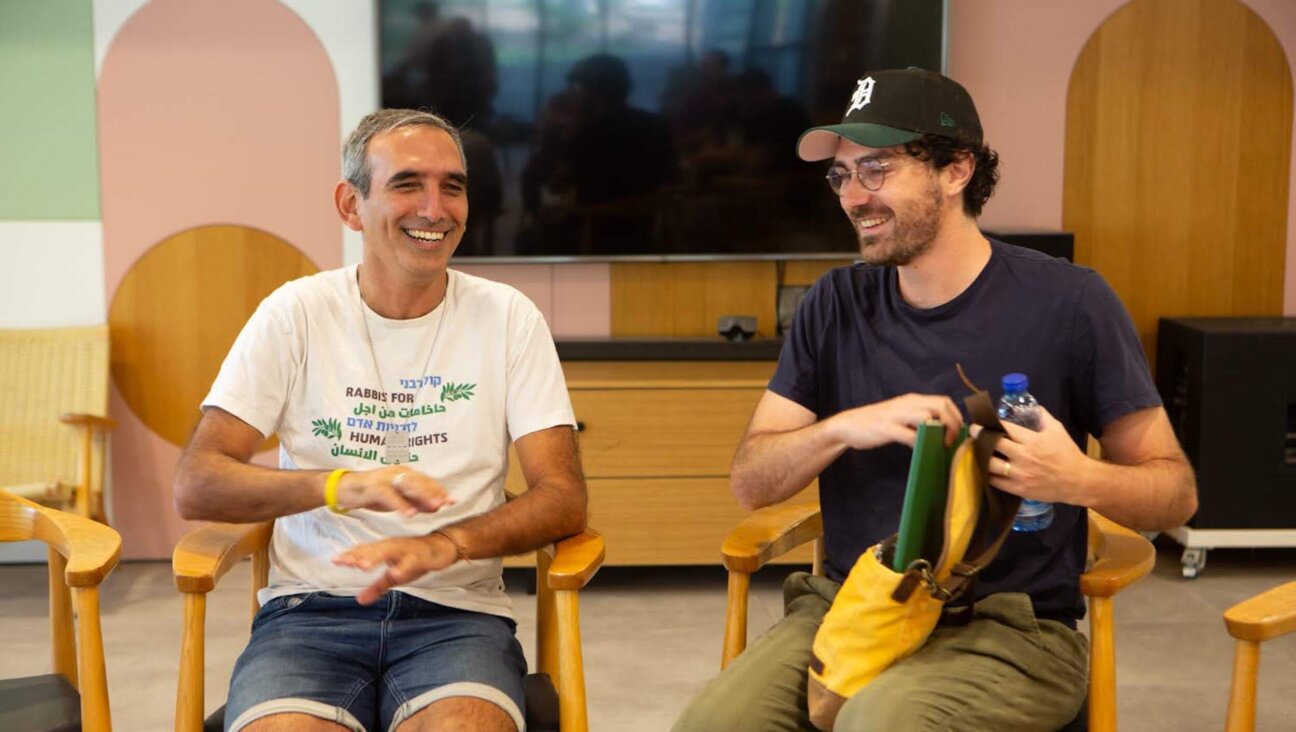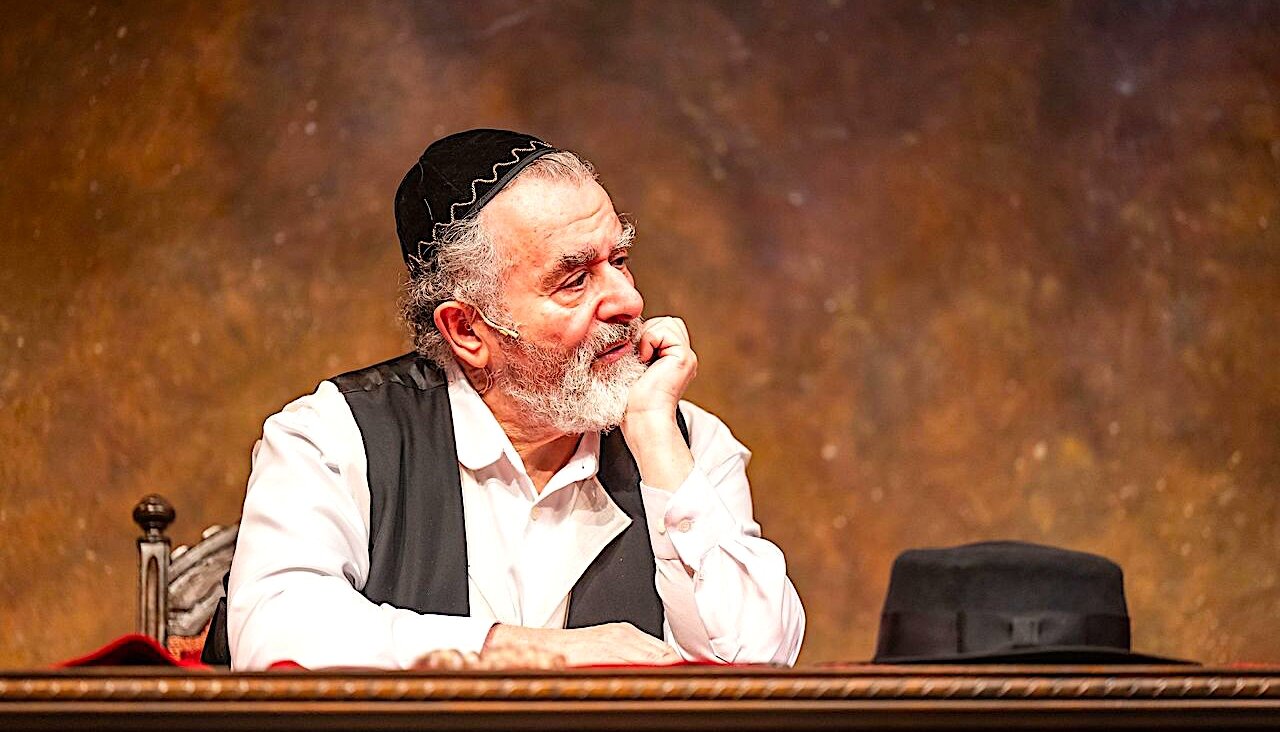Paul Burlin: An Artist Who Deserves Rediscovery

Graphic by Angelie Zaslavsky
Sometimes posterity can play odd tricks on talented artists. Paul Burlin (1886-1969), born Isadore Berlin in New York, was rediscovered repeatedly during his lifetime, only to fall into subsequent obscurity. Now a new biography by Michelle Wick Patterson, “Natalie Curtis Burlin: A Life in Native and African American Music,” about Burlin’s ethnomusicologist wife, sheds light on obstacles which the couple conquered.
Included in the landmark 1913 Armory Show of modern art, Burlin was recalled a half-century later by Marcel Duchamp, who included him in a selective list of fellow artists, including “Georges Braque, Paul Burlin, Stuart Davis, Edward Hopper…” “The Selected Art Writings of James Schuyler” notes that in 1961, the poet Stanley Kunitz wrote that Burlin’s artistic imagery is “forever being freshly created — which is tantamount to saying it is forever being freshly attacked.” Critic Irving Sandler praised Burlin’s works as “self-assertive with a forthright sincerity that verges on rudeness.”
Patterson’s biography prints letters in which Burlin’s mother-in-law, a genteel Protestant, feared potential ethnic rudeness at her daughter’s wedding from Burlin’s guests: “Paul’s list included many Goldbergs, Frybergs… — not in the Social Register.” Paul and Natalie were finally married in Santa Fe, “instead of at home [in Manhattan] knowing that the Montagues and Capulets would not blend in a NY wedding.” The marriage was happy, with Natalie producing pioneering work which advanced the concept of music as a “language of interracial discourse.”
Living in Paris, the couple’s friends included expatriate Jewish thinkers such as the novelist Ludwig Lewisohn, philosopher Horace Kallen, and Hebraist Adolph S. Oko. Tragically, Natalie died in a 1921 accident, when she was hit by a driver after getting off a Paris streetcar. Burlin’s strong 1945-46 canvas “Music From the Heavens,” showing an angel playing a viol, might be a tribute to his late wife, who was always on a spiritual quest.
Burlin’s artistry continued in a 1970 MOMA exhibit and an acclaimed 1981 posthumous show, as well as in a 2008 exhibit at the Peyton Wright Gallery, in Santa Fe. Although Burlin is represented at the Luce Foundation of American Art, his work in other museums is either hidden in storage or even deaccessioned. Paul Burlin deserves better.

















